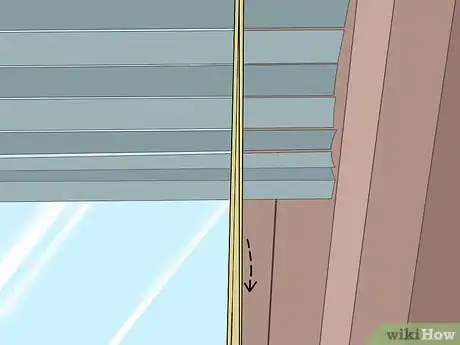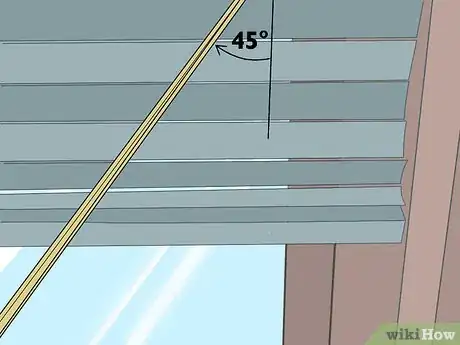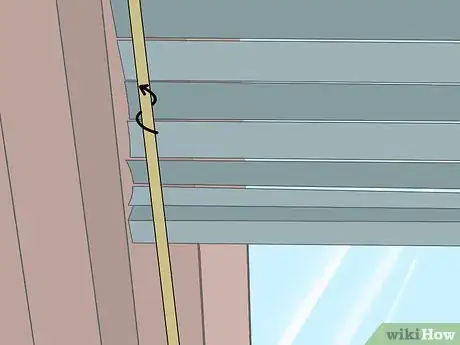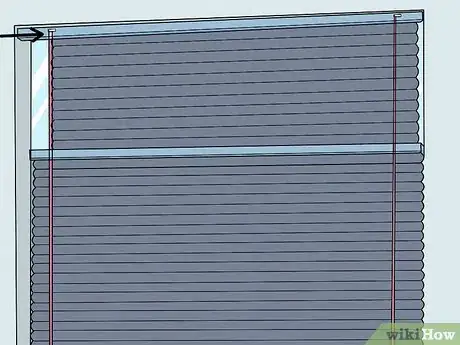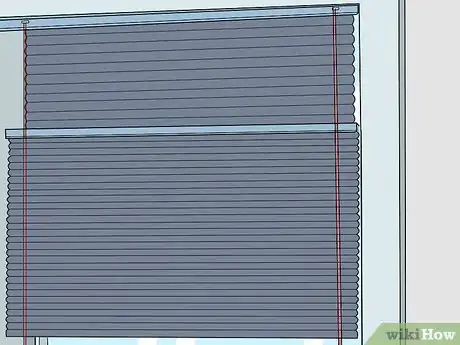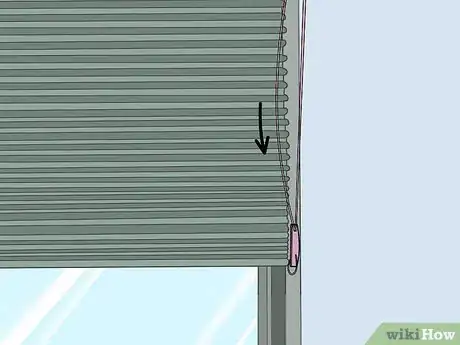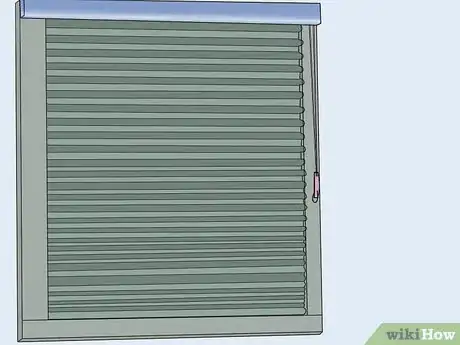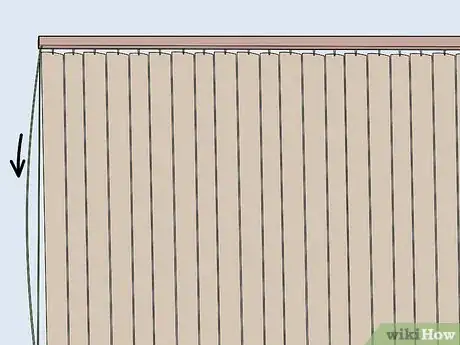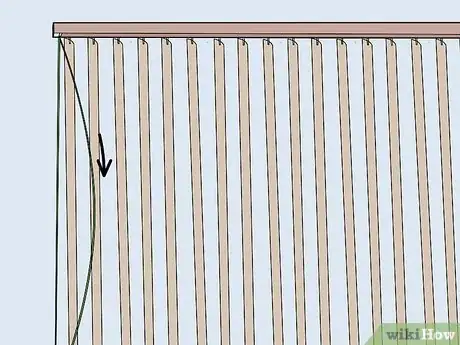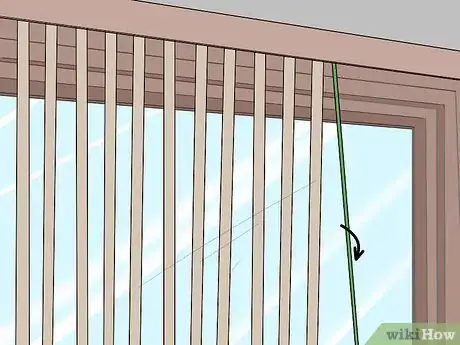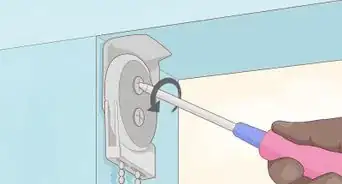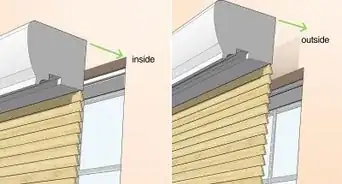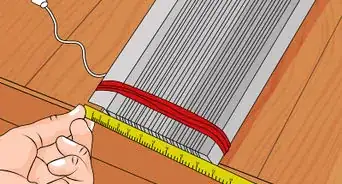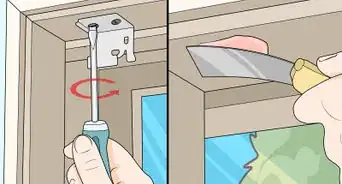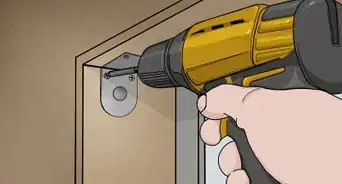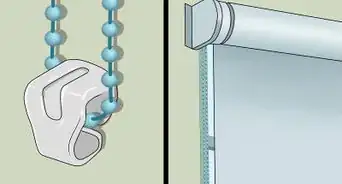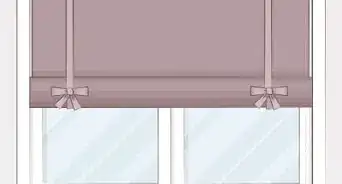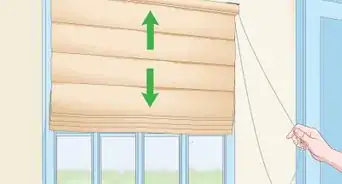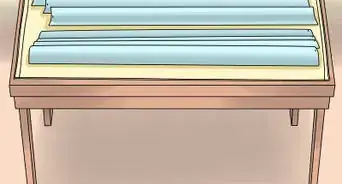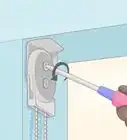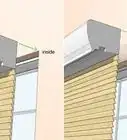This article was co-authored by wikiHow staff writer, Janice Tieperman. Janice is a professional and creative writer who has worked at wikiHow since 2019. With both a B.A. and M.A. in English from East Stroudsburg University, she has a passion for writing a wide variety of content for anyone and everyone. In her free time, you can find her working on a new crochet pattern, listening to true crime podcasts, or tackling a new creative writing project.
There are 11 references cited in this article, which can be found at the bottom of the page.
This article has been viewed 62,585 times.
Learn more...
Blinds are a useful tool that help you control how much light enters a room through the windows. Depending on the style you have, your blinds might work in different ways. Venetian and cellular blinds work with single string mechanisms, while continuous loop blinds operate using a connected piece of string. By understanding how to use the blinds in your home, you’ll be able to maximize the amount of natural light in each room!
Steps
Operating Venetian Blinds with Strings
-
1Pull the strings downward to lift up the blinds. Examine the top of the window to find a set of dangling strings. Pull the strings downward to bring the blinds upward. Continue pulling until you reach the top of the window, or until you reach a good stopping point. Once you’ve reached that point, let the blinds go.[1]
- Venetian blinds are made of stacked slats that can be adjusted with a long wooden knob. If your blinds don’t have slats, then they aren’t Venetian.[2]
-
2Pull the string down at a 45-degree angle to bring the blinds down. Begin loosening your grip to let the cord slide through your hand, allowing the blinds to lower. Once the blinds have been lowered to your desired level, adjust the string so that it’s perpendicular to the blinds.[3]
- Making the string parallel to the window frame allows the blinds to lock back into place.
Advertisement -
3Twist the dangling wand to adjust the slats. Rotate the wand counterclockwise to make the blind slats face upwards. To position the slats at a lower angle, turn the wand clockwise. If you want to block any natural light from entering the room, turn the wand so that the slats are completely up or down. Experiment with the wand until you find a setting you like![4]
Adjusting Cellular Blinds
-
1Tug on the leftmost string to raise the bottom of the blinds. Find the set of single strings dangling along the left side of the window and pull them downward to raise up the bottom of the blinds. Continue pulling on the strings until the blinds are where you want them to be.
- Cellular blinds, also known as honeycomb blinds or top-down-bottom-up shades, don’t have slats, and are made of connected paper grooves that look like honeycombs.
-
2Lower the bottom of the blinds by pulling on the strings. Bring the set of strings to the middle of the window and loosen your grip. Once you’ve raised or lowered your blinds to your desired height, move the strings to a vertical position.[5]
- Make sure that the string is left parallel to the window frame.
-
3Pull down the right string to lower or raise the top of the blinds. Grasp onto the set of single strings hanging along the right side of the blinds. Tug on the strings to lift the top portion of the blinds. Conversely, try lowering the top of the blinds by angling the string and slowly releasing your grip. When the top portion of the blinds reaches your desired spot, bring the strings back to a vertical position.[6]
-
4Release the string to keep the blinds in place. Let go of the strings and allow them to naturally dangle next to the window frames. Look to the top corners to make sure that the small, metal locking mechanism has clicked into place. Once you’re certain that the blinds are secure, you can completely release the string.[7]
- The strings on many honeycomb blinds come with plastic grips or holders that make the blinds easier to adjust.
Using Continuous-Cord Shades
-
1Lift the blinds by pulling the front side of the looped string. Find the large, looping string that’s going down one side of your shade or blind. Take the front part of that loop and pull on it to lift the blinds. If you only want to raise the blinds a little bit, don’t pull on the string too much.[8]
- When pulling on the continuous cord, mimic the motions of climbing a rope.
-
2Pull down the blinds by tugging on the back side of the loop. Take the back end of the loop in one or both hands and firmly tug to lower the blinds back into their original position. Use the front and back of the loop to adjust the blinds as much or as little as you need.[9]
- If you’re only looking to adjust the blinds a tiny bit, then only use a tiny amount of force.
-
3Keep the shade lowered if you don’t want to let a lot of light in. Use the height of your continuous-cord blinds to determine how much light enters the room. Since many continuous-cord models don’t have slats, use the looped string to bring in more or less light as needed.
- For example, if it’s a rainy day, consider lowering your continuous-loop blinds more.
Using Vertical Blinds
-
1Pull on the front chain or cord to rotate the slats. Take the front piece of the chain or looped cord attached to the vertical blinds and tug on it to retract the slats. Make sure that the slats are turning counter-clockwise as you pull along the cord.[10]
- This operation is very similar to the continuous-cord style of blinds.
-
2Tug on the back part of the cord to open the slats again. Pull on the back section of the looped cord or chain to make the slats parallel to one another. As you go, double check that the slats are turning clockwise, and that none of them are crooked.[11]
- If you don’t want the slats to be completely open, only pull on the back cord a little bit.
-
3Turn the wand attached to your blinds if you don’t have a cord. Rotate the wand counter-clockwise to open the slats and allow light into the room. To close the blinds, twist the wand clockwise. Feel free to experiment with these settings until you’ve reached your desired setting.[12]
- Some models let you use the wand to push and compress the vertical slats to reveal more of the window.
References
- ↑ https://m.youtube.com/watch?v=zFxMK1aiRSE&t=0m26s
- ↑ https://www.merriam-webster.com/dictionary/venetian%20blind
- ↑ https://m.youtube.com/watch?v=pKBjvwxHAiU&t=1m19s
- ↑ https://m.youtube.com/watch?v=At5Wi_eeFc8&t=0m7s
- ↑ https://m.youtube.com/watch?v=5t7sWHMy6oI&t=0m36s
- ↑ https://m.youtube.com/watch?v=5t7sWHMy6oI&t=0m25s
- ↑ https://living.cornell.edu/live/contactus/maintenancerequest/curtains_blinds.cfm
- ↑ https://living.cornell.edu/live/contactus/maintenancerequest/curtains_blinds.cfm
- ↑ https://m.youtube.com/watch?v=yrPMD2mW2NI&t=0m16s
